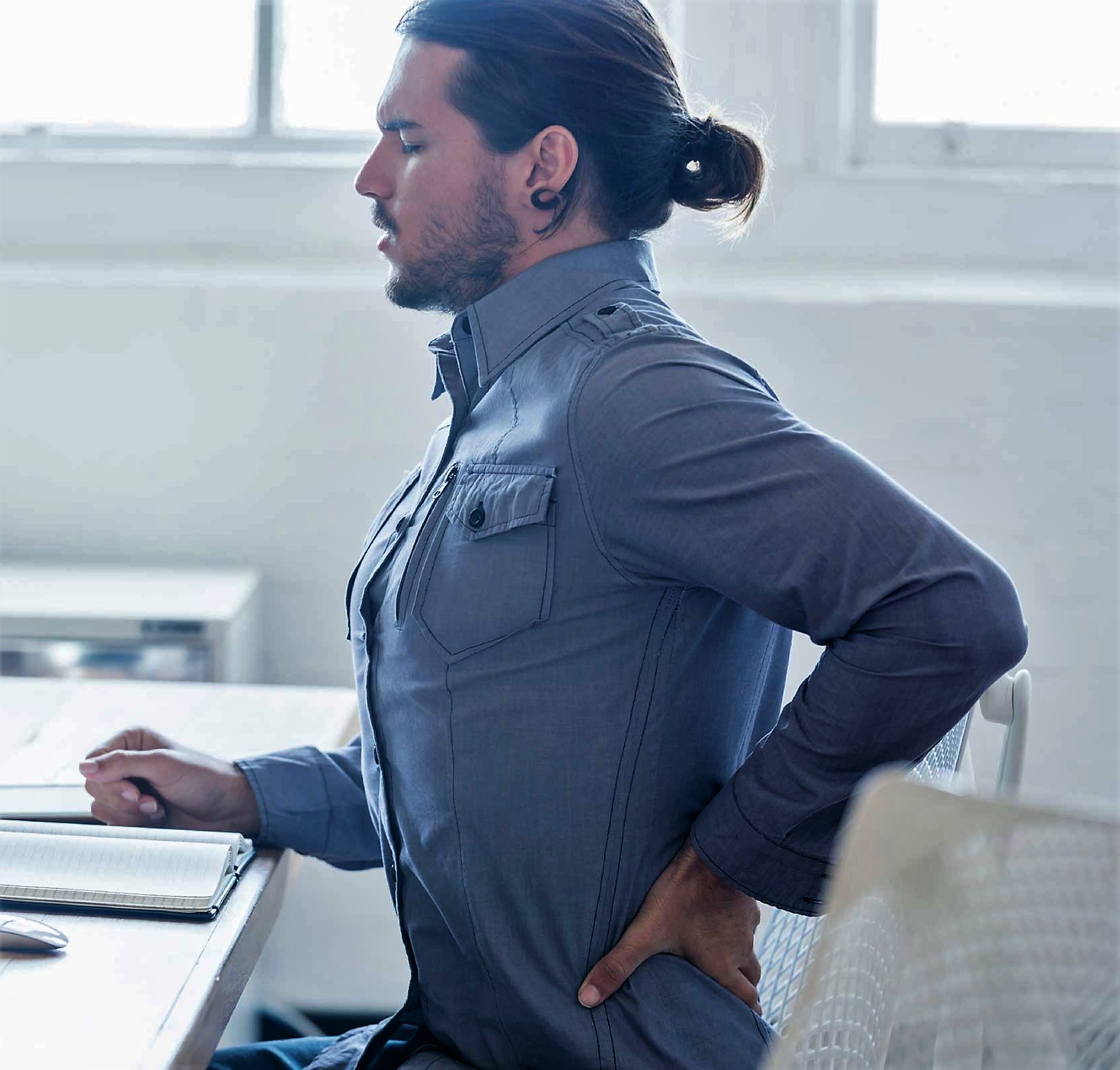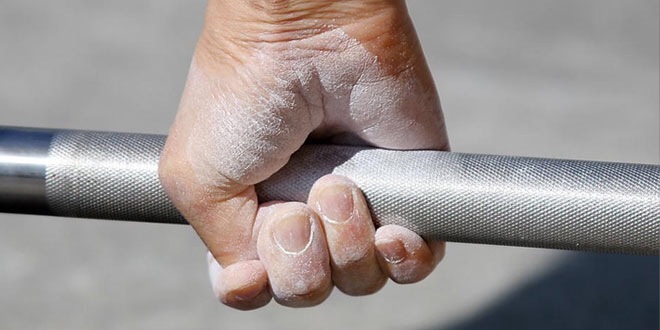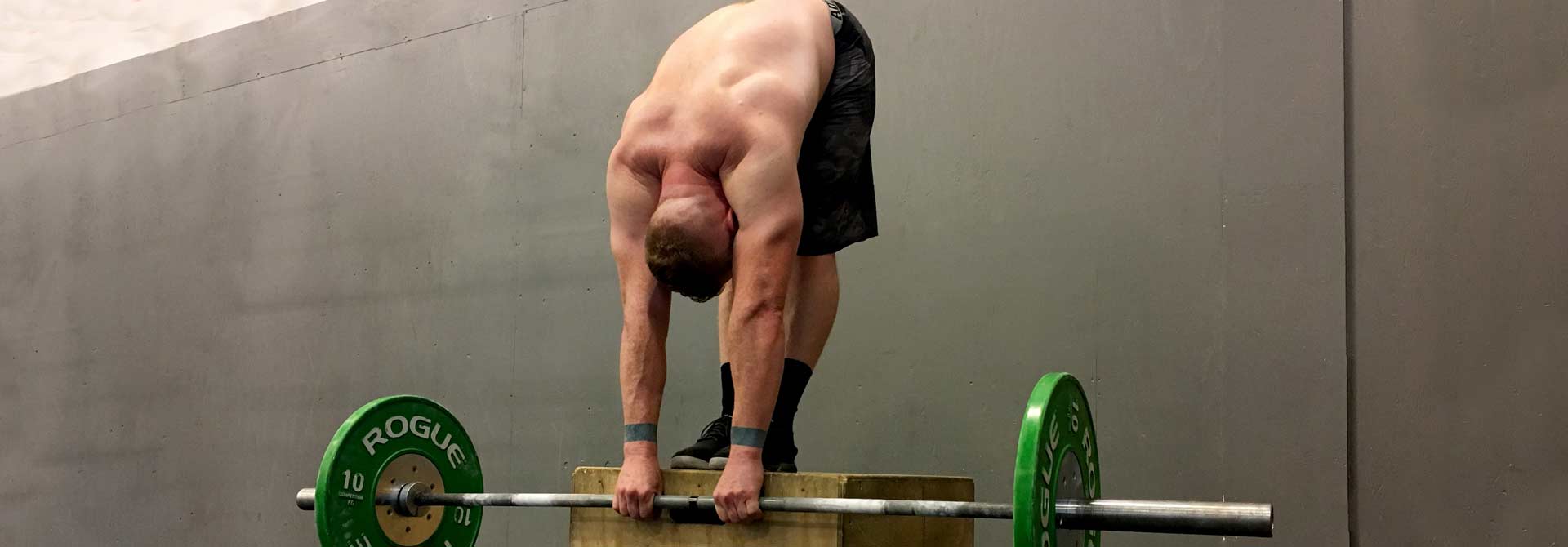If you’re an intermediate lifter and you’re starting to get hip problems while lifting, then I feel your pain. Or at least something similar to it. In accordance with an incredibly tight right hip, I also have frequent anterior hip pain after squatting, coupled with a general lower back muscle imbalance as well as minor functional scoliosis, causing me to shift to the right when I squat – further exacerbating my right hip flexor. On top of that, I spend a lot of time sitting.
I work hard to stretch said hip, and it’s helping. The ultimate goal is to be flexible enough to comfortably squat ATG (ass-to-grass). My reasoning is pretty simple. Strong and robust hips = better squat.
I’m definitely not the only one. My hip pain comes from years of sitting, and I’m still quite fortunate. Being only 20 years old, my only complaints are minor hip pain and upper back pain whenever I stop working out (because my muscles quickly get sore trying to keep my spine in proper shape).
Sitting exacerbates all this, and although it took me a while to figure that out, I’ve known about the evils of sitting for quite some time, and hip and posterior flexibility issues have been plaguing me since the age of 11 when I first discovered I couldn’t even touch my toes.
My flexibility hasn’t improved much beyond placing my palms on the floor with my legs stiff and straight, and I’m paying for it now that I’m working my way up to a three-plate squat.
I want to warn any novice and intermediate lifters that if you’re sitting a lot, you should stop – or at least learn how to counteract this deadly issue.
Sitting Time Correlates with Mortality
No joke – sitting for long periods of time means you’re going to die. Actually, we’re all going to die, and no one’s even been able to avoid it, but sitting does correlate with the grim reaper paying you a visit a little earlier than expected.
This is because people who tend to sit a lot also tend to not do much else, which means they also tend to struggle with obesity, heart disease, arthritis, chronic pain, or a debilitating disease that forces them to stay put and sit down.

This also means if you’re spending most of your time sitting and little to no time moving around, you won’t just die or develop a terrible disease, but you’ll develop increasing pain. Bad posture and hours spent sitting on your haunches actively increases the risk of developing lower back pain, knee pain, and upper back pain.
The lower back pain comes from having an overactive back, due to a constantly-flexed spine. Remaining in lumbar flexion (with a posterior tilt) puts a lot of pressure on the back muscles and makes them sore and imbalanced.
An anterior tilt (pushing your belly through) is just as bad, which is why many people who remain “perfectly upright” end up just letting their belly go soft and find themselves hurting because their spine is still flexing, but in the other way.
Even with a perfectly straight lower back, you’re still in trouble. Your upper back is dealing with hunched shoulders that create a tight chest and a painful upper back, weak scapular muscles, and absolutely horrendous shoulder mobility. Sitting for most of the day basically makes you transform into Quasimodo while your shoulders and back go to crap.
Sitting and Tight Hip Flexors
Let’s examine the usual seated position. A person sitting at a desk is keeping themselves propped up with their arms (thereby foregoing any necessary core strength), usually hunched or slouched until they realize they’re sore and try to post up, while their thighs are generally parallel to the ground or just about, accompanied by constantly-flexed hip flexors.
The hip joint is the place where the femur (thigh bone) inserts into the pelvis. It’s a ball-and-socket joint with a lot of range of motion, albeit not quite as much as the comparable shoulder. While it sacrifices range of motion, it does gain strength and stability.
We stand on our legs and bend over by hinging at the hip, and our leg and hip musculature is very, very strong compared to the rest of the body. This is why the heaviest exercises are hip hinges – both the squat and deadlift rely on a powerful hip drive and strong thigh muscles.
Yet for all its strengths, the hip is getting routinely sabotaged by our culture of sitting in chairs. Humans evolved to walk on two legs, and spend time either lying down, climbing, and running, or squatting for rest. In the deep squat, the hip flexors are flexed entirely, but no one squats for eight hours. Many modern humans, however, spend a good third of their adult lives in a position that requires the hips to stay partially flexed.
Tight Flexors
What happens if the hip is constantly flexed? The flexors – a number of tendons that work hard in conjunction with various muscles between your hamstrings, quadriceps, and gluteus muscles – will become very, very tight. Tight hip flexors don’t like to be put under lots of pressure, and they perform poorly while stretched or in precarious positions.
This correlates with other problems. For example – a soft core from excessive sitting leads to faulty mechanics during the squat. You end up leaning forward too much, sticking your butt out too much, weakening the effort of the glutes during the squat while making the hips take an excessive amount of force, making them painful during and after the squat. Another reason squats can hurt your hip due to sitting is:
Sitting and Terrible Posterior Strength
Yes, posterior strength. The posterior chain starts just behind the knee and goes all the way up to your erectors, and it’s the muscle group that’s responsible for helping you pull during a deadlift, and helping you squat down and up during a squat. Your hamstrings, glutes, and erectors all play a huge role in the squat and deadlift, and you’re doing them a massive disservice by spending too much time sitting.
Firstly, you’re constantly sitting on your glutes while your hamstrings are constantly flexed. This makes them weak and tight, which is why a lot of people can barely reach their toes or bend forward without a stretching pain.
Weak and inactive glutes put more pressure on the hips, forcing them to work harder. Squatting more and with lighter weights will train the glutes, and deadlifts and hip thrusts do an even better job at this.
Fixing Weak Glutes
Here’s the thing: your glutes are always working. There’s no such thing as a dead glute, unless the blood flow and nerve impulses to and from the glutes are actually cut off. That’d look and turn really ugly, really fast.
When you squat down and squat back up, your glutes are working. When you deadlift, your glutes are working (really hard). When you hip thrust and hold at the top, believe me your glutes are working like there’s no tomorrow.
But if your glutes aren’t up to par with the rest of your legs, then you’ll probably stick your ass out and put more pressure on your hips during a maximal or submaximal lift.
Of course, hip pain has a very long list of possible issues. Sitting is a big problem that I think most people can trace their hip pain back to. An imbalance in the glutes is another. But hip impingement, bad squat form, years of sports, injuries, genetics, and more are all valid reasons. Try everything out, but if the pain gets seriously bad (like, limp or can’t-walk bad), go visit a doctor.
Sitting and Dead Shoulders
Sitting doesn’t really cause hunched shoulders and weak upper backs. Sitting at a desk does. Most adults and teenagers sit and write or type, which means they have their hands in front of them on a raised position often while leaning in toward their screen, with their chest closed and their sternum pointed down.
This stretches the back and rear delts while keeping everything in the front tight. Shoulders are blessed with excellent mobility, and they let us climb, swing, throw, and crawl. But a lot of people can’t do these things because their shoulders are terribly tight, and I think that sitting at a desk has a lot to do with this.
As does driving, both a car and a motorcycle, but you can’t do much about that. You’re likely to be arrested if you drive your motorcycle while standing, but businesses all over the world are converting to standing arrangements. Granted, standing in one spot for eight hours isn’t ideal either, and you still have to walk around a bit, but it’s a step in the right direction.
Also, Stretch More
If you’re sitting a lot, the only answer is to counteract said sitting by releasing tight muscles and flexors. That means stretching your:
- Chest
- Quads
- Hamstrings
- Shoulders
- Lower Back/Lumbar
- Upper Back/Thoracic
More stretching and less sitting are the only answers to the many physiological problems introduced by excessive daily sitting. Petition your office for standing desks and keep a timer to remind you to take a break between tasks to walk around.
The human brain can’t efficiently work for eight hours anyway, so you’re probably working for an hour or so before doing something else to relax. Take that time to walk around, and maybe do a few slow stretching lunges and squats – not to work up a sweat, but just to keep the joints all greasy and oiled up, so to speak.





